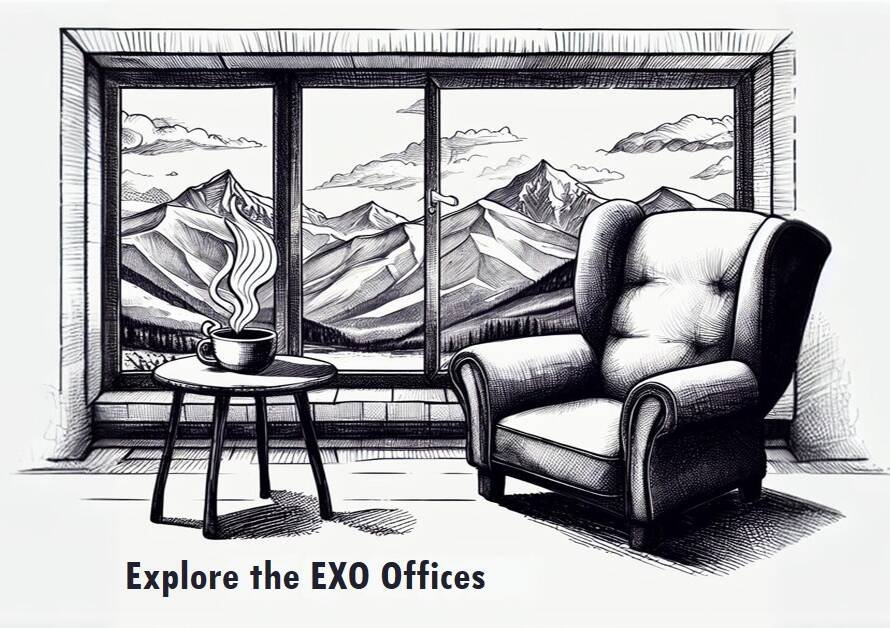
Table of Contents
- Introduction: Exterior Design
- The Quintessential Courtyard: Heart of Kerala Homes
- Sloping Roofs: A Perfect Blend of Aesthetics and Functionality
- Intricate Woodwork: A Testament to Craftsmanship
- Verandas and Sit-Outs: Embracing Outdoor Living
- Fusion of Tradition and Modernity: Contemporary Kerala Homes
- Eco-Friendly Designs: Harmonizing with Nature
- Color Palette: Reflecting Kerala’s Vibrancy
- Landscaping: Integrating Nature into Home Design
- Conclusion: Celebrating Kerala’s Architectural Heritage
Introduction: Exterior Design
Kerala, known as “God’s Own Country,” boasts a rich cultural heritage and stunning natural landscapes. The essence of Kerala’s architecture is deeply rooted in its traditional values and climatic conditions. Kerala homes are a harmonious blend of form and function, designed to withstand the tropical climate while exuding timeless elegance.
Traditional Kerala homes, or “Nalukettu,” are characterized by their central courtyard, sloping roofs, and intricate woodwork. These features not only enhance the aesthetic appeal but also ensure efficient ventilation and protection from heavy monsoons. Embracing these elements in modern home designs can create a unique fusion of tradition and contemporary style.
The Quintessential Courtyard: Heart of Kerala Homes
The central courtyard, or “Nadumuttam,” is the heart of traditional Kerala homes. This open space serves as a gathering place for families, promoting a sense of community and togetherness. It also facilitates natural ventilation, keeping the house cool and comfortable even during the hottest months.
Incorporating a courtyard in modern Kerala home designs can create a serene oasis, blending indoor and outdoor living spaces seamlessly. Designers often add greenery, water features, and natural stone elements to enhance the courtyard’s tranquil ambiance. This approach not only preserves the cultural heritage but also provides a refreshing retreat within the home.
Sloping Roofs: A Perfect Blend of Aesthetics and Functionality
Kerala’s heavy monsoon rains demand practical roofing solutions. The traditional sloping roofs, often made of terracotta tiles, are designed to efficiently channel rainwater away from the structure. This distinctive feature also adds to the visual charm of Kerala homes, creating a picturesque silhouette against the lush landscape.
Modern interpretations of sloping roofs retain their functional benefits while incorporating contemporary materials and designs. Metal or concrete tiles can be used for durability, and skylights or solar panels can be integrated to enhance energy efficiency. This marriage of tradition and innovation ensures that Kerala homes remain both beautiful and resilient.
Intricate Woodwork: A Testament to Craftsmanship
Wooden elements play a significant role in Kerala architecture, reflecting the region’s rich artisanal heritage. Intricate carvings on doors, windows, and pillars are not just decorative but also symbolize cultural and religious motifs. The use of high-quality, locally sourced timber like teak and rosewood ensures longevity and elegance.
In modern home designs, traditional woodwork can be incorporated in various ways. Custom-made wooden doors with intricate carvings, wooden ceiling panels, and furniture can add a touch of Kerala’s heritage to contemporary spaces. This blend of old and new creates a warm and inviting atmosphere, celebrating the region’s craftsmanship.
Verandas and Sit-Outs: Embracing Outdoor Living
Verandas and sit-outs are integral to Kerala homes, providing shaded spaces to relax and enjoy the outdoors. These areas often feature traditional wooden or cane furniture, enhancing the connection with nature. Verandas serve as transitional spaces, blending the interior with the lush greenery outside.
Modern home designs in Kerala continue to prioritize these outdoor spaces. Contemporary verandas may feature sleek, minimalist furniture, potted plants, and ambient lighting, creating a perfect spot for relaxation and socializing. This emphasis on outdoor living aligns with Kerala’s tropical climate and promotes a harmonious lifestyle.
Fusion of Tradition and Modernity: Contemporary Kerala Homes
The charm of Kerala’s traditional architecture lies in its ability to evolve while retaining its core principles. Contemporary Kerala homes often blend traditional elements with modern design concepts, creating a unique and sophisticated aesthetic. This fusion results in homes that are both functional and visually appealing.
Architects and designers are increasingly exploring innovative materials and construction techniques while staying true to the essence of Kerala’s heritage. Glass walls, open floor plans, and sustainable materials like bamboo and reclaimed wood are being integrated into modern Kerala homes. This approach not only enhances the aesthetic appeal but also promotes environmental sustainability.


Eco-Friendly Designs: Harmonizing with Nature
Kerala’s natural beauty and biodiversity inspire eco-friendly architectural practices. Traditional Kerala homes are inherently sustainable, with their emphasis on natural ventilation, local materials, and minimal environmental impact. Modern architects are building on these principles to create eco-friendly homes that harmonize with the surroundings.
Green roofs, rainwater harvesting systems, and solar panels are becoming common features in contemporary Kerala homes. The use of locally sourced and sustainable materials further reduces the carbon footprint. This focus on sustainability not only benefits the environment but also enhances the quality of life for residents.
Color Palette: Reflecting Kerala’s Vibrancy
The vibrant colors of Kerala’s landscape are reflected in its traditional homes. Earthy tones, terracotta hues, and natural wood finishes dominate the color palette, creating a warm and inviting ambiance. Accents of bright colors, inspired by Kerala’s festivals and cultural traditions, add a touch of vibrancy.
Modern home designs in Kerala often draw inspiration from this rich color palette. Neutral base colors paired with bold accents can create a sophisticated yet lively atmosphere. Incorporating traditional motifs and patterns in furnishings and decor can further enhance the connection with Kerala’s cultural heritage.
Landscaping: Integrating Nature into Home Design
Kerala’s lush greenery and abundant water bodies are integral to its architectural identity. Traditional homes often feature well-maintained gardens, ponds, and courtyards filled with native plants. These elements not only enhance the aesthetic appeal but also contribute to the home’s microclimate, providing natural cooling and air purification.
In modern Kerala homes, landscaping continues to play a crucial role. Designers often create outdoor spaces that blend seamlessly with the natural surroundings. Native plants, water features, and sustainable gardening practices are incorporated to create tranquil and eco-friendly environments. This integration of nature into home design ensures a harmonious and sustainable living experience.
Conclusion: Celebrating Kerala’s Architectural Heritage
Kerala’s architectural heritage is a testament to the region’s rich cultural history and deep connection with nature. Traditional elements like central courtyards, sloping roofs, intricate woodwork, and vibrant color palettes continue to inspire modern home designs. By embracing these timeless features and incorporating contemporary innovations, homeowners can create beautiful, functional, and sustainable living spaces.
Showcasing home inspiration through Kerala’s exterior design is not just about preserving the past; it’s about celebrating a way of life that harmonizes with nature and promotes community. As we look to the future, the fusion of tradition and modernity in Kerala’s architecture will continue to inspire and captivate, creating homes that are truly reflective of God’s Own Country.



